If you don’t have the time to go through the whole article comparing 28mm vs 50mm lenses, then:
- For street photography, the choice between both focal lengths depends on your shooting style and preference. The 28mm is better if you want more of the environment, and the 50mm is better if you want subject separation.
- For events, the 28mm is easier to use since you can capture crowds better, and you are still able to separate a subject from the background. You just need to get closer.
- At 50mm focal length you have more lens choices for every budget than compared to 28mm focal length.
When it comes to standard prime lenses, it is hard to find a photographer that avoids 28mm or avoids 50mm. Both of the lenses have their own use cases, and both of them provide a unique look. The question is, which lens will work better for you?
Let’s dive into the details and see what you are getting with both lenses.
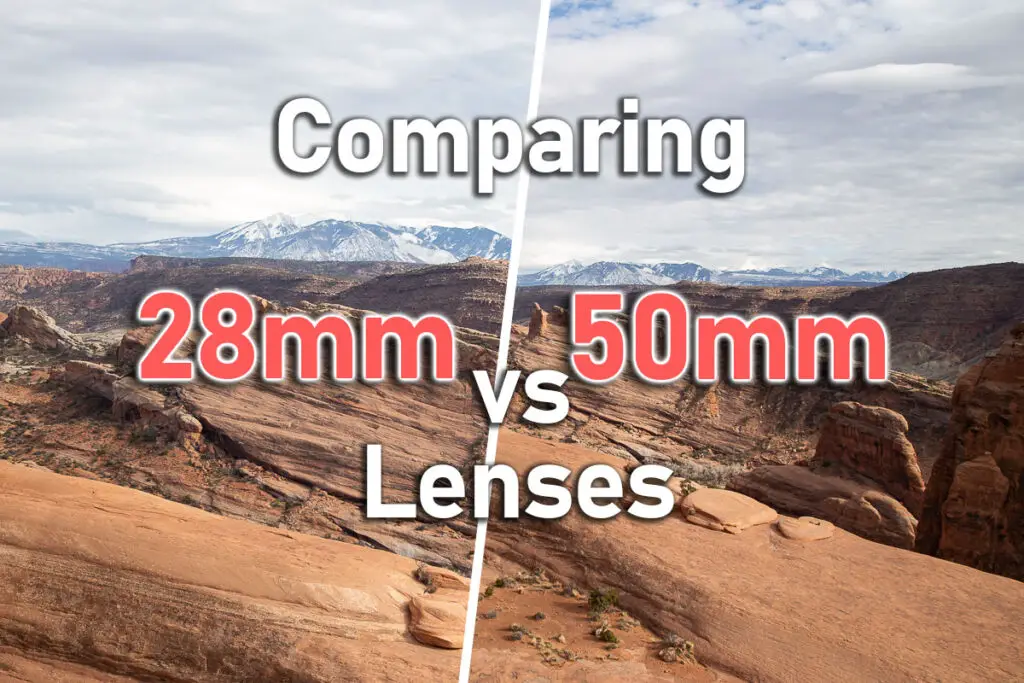
What Can You Use a 28mm Lens For?
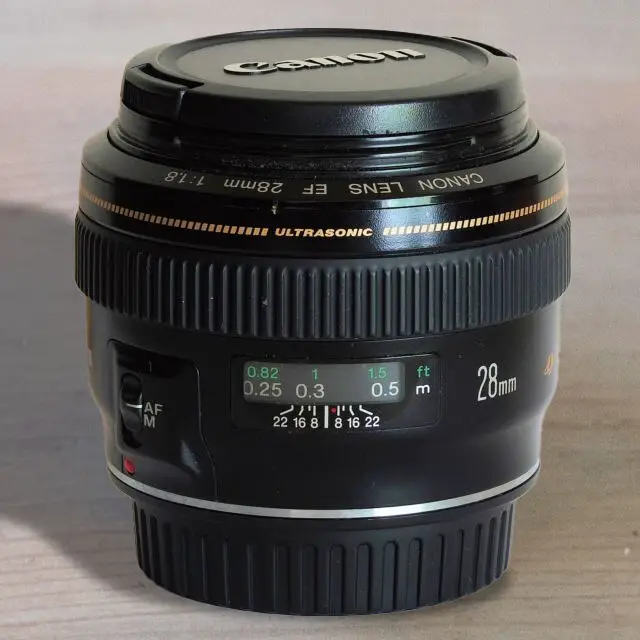
Most APS-C cameras come with an 18-55mm lens or an 18-135mm lens. Both lenses at the 18mm end behave like a 28mm lens, so the angle of view is pretty much the same.
That is a focal length that most photographers are quite familiar with. It is somewhere in the middle of the standard range of focal lengths; not too wide, not too telephoto.
It is quite useful when photographing events since it is wide enough to fit groups of people.
That focal length proves useful in street photography too, since it captures more of the environment.
Using a 28mm Lens in Low Light
Most often, prime lenses come with wide apertures that help out when it comes to low light photography. The focal length helps out in low light too, since it allows you to use a longer shutter speed.
The revised reciprocal rule generally points towards the shutter speed being twice the focal length.
So with a 28mm lens, 1/60 is the closest shutter speed one can use to be safe from camera shake. That is quite a low shutter speed, and yet it is still usable when hand-holding your camera. That can be quite handy when you are in a pinch.
Third party manufacturers like Sigma have 28mm lenses that have a maximum aperture of f/1.4. Pair the f/1.4 with the longer shutter speed, and low light is not really an issue anymore.
You can get your hands on a low light beast of a lens for around $700 if it is made by Sigma. Original manufacturer copies are more expensive, where the Nikon 28mm f/1.4 clocks in at around $2000.
Using a 28mm Lens for Street Photography
Given the fact that the 28mm lens is basically a wide angle lens, it is great for street photography.
It is more forgiving if the focus isn’t perfect due to the wider field of view. As you probably know by now, the wider the lens, the wider the field of view and therefore the wider the field of focus.
This means that slight focus inaccuracies aren’t that visible with a 28mm lens, especially if you aren’t really close to the subject.
Since it is not an ultrawide lens, the perspective isn’t that exaggerated, and yet it fits a lot in the frame.
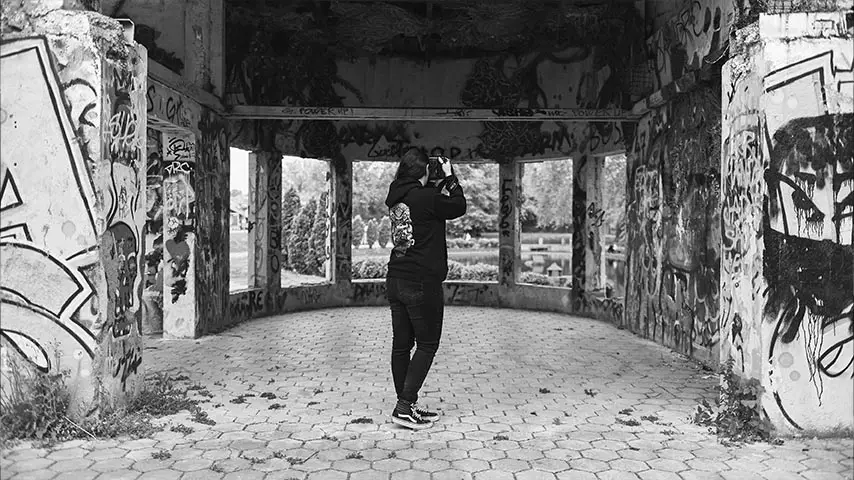
On a crop sensor, it becomes a 42mm lens, which is quite close to the good old 50mm, for that Henry Cartier Bresson look.
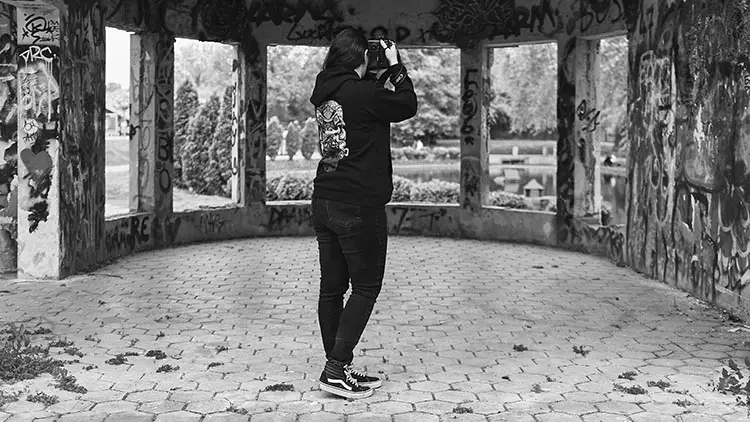
Using a 28mm Lens for Events
Most event photographers won’t take their 24-70mm f/2.8 lenses off their cameras.
However, sometimes you just want a bit more background separation, and to keep the wide angle look to fit a group of people.
A nice 28mm f/1.4 or f/1.8, depending on the brand and budget, can easily outperform the 24-70mm in the wide angle department.

Since on a crop sensor it behaves closer to a 50mm lens, it is still quite useful for events, however, you will be aiming more for a single person in your frame.
You will be able to separate them from the background quite efficiently, even though you lose a bit of depth of field on a crop sensor.
What Can You Use a 50mm Lens For?
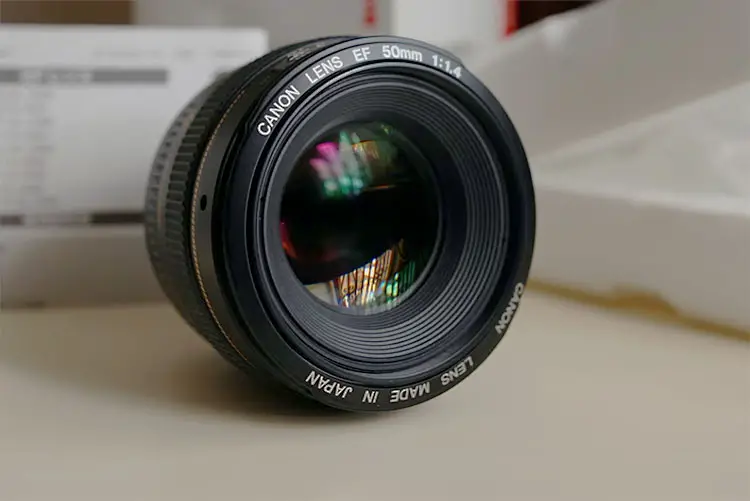
If you have dabbled into photography even slightly, you will know that the 50mm lens is the go-to lens for pretty much every photographer. Most iconic photographers swear by this focal length. If you have a 35mm film camera chances are that it came with a 50mm lens as a kit, or as part of the kit.
The fifty is considered to be the go-to portrait lens, and people aren’t far from the truth. The perspective is quite similar to what we see with our own eyes, and the 50mm is probably the cheapest prime lens you can get for portrait work.
Using the 50mm Lens for Low light
If you ever shot Canon, you have probably heard of the term “plastic-fantastic”, or for all brands, there is the “nifty fifty”.
That is because pretty much every brand offers an affordable 50mm f/1.8. You can get the Canon EF or RF copies for $129 and $179 respectively. For that price, the lenses are excellent.
In low light, the shutter speed dictated by the revised rule of thirds is 1/100, which is not bad, but a bit worse when compared to the 28mm. Precisely ⅔ of a stop worse.
On the other hand, you can find 50mm lenses with crazy wide apertures, if you can fit them in your budget.
You can find f/1.2 copies from Canon, Sony, and Nikon that cost around $2000, which for a lens of that caliber isn’t that expensive.
Using the 50mm Lens for Street Photography
Since the day Henri Cartier-Bresson fitted a 50mm lens on his camera, the 50mm became a staple in street photography. And for a good reason.
Street photography depicts everyday life, thus, a lens that is close to the field of view of our eyes will fit naturally in that genre.
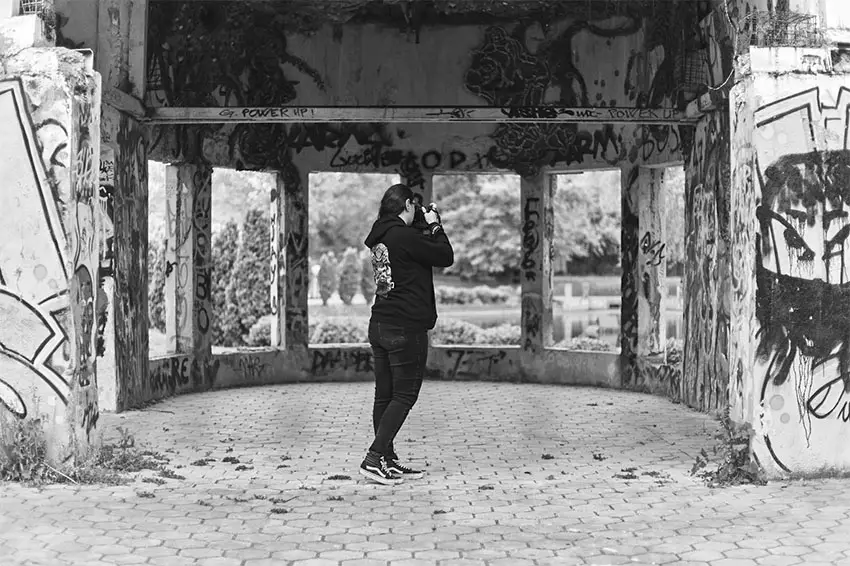
The lens provides a good balance of field of view and subject separation when used on a full-frame camera. Especially if used wide open.
Even though you don’t have as much of the environment in the frame as with the 28mm lens, you still have plenty to illustrate the scene, and yet keep the subject separated enough.
On a crop sensor, the field of view becomes tighter, similar to an 85mm lens.
Using the 50mm Lens for Events
When shooting events, a 50mm lens works great. For outdoor events you will probably have the room to photograph groups of people, but where the lens excels is capturing candid moments of people interacting with each other and providing a great subject separation.
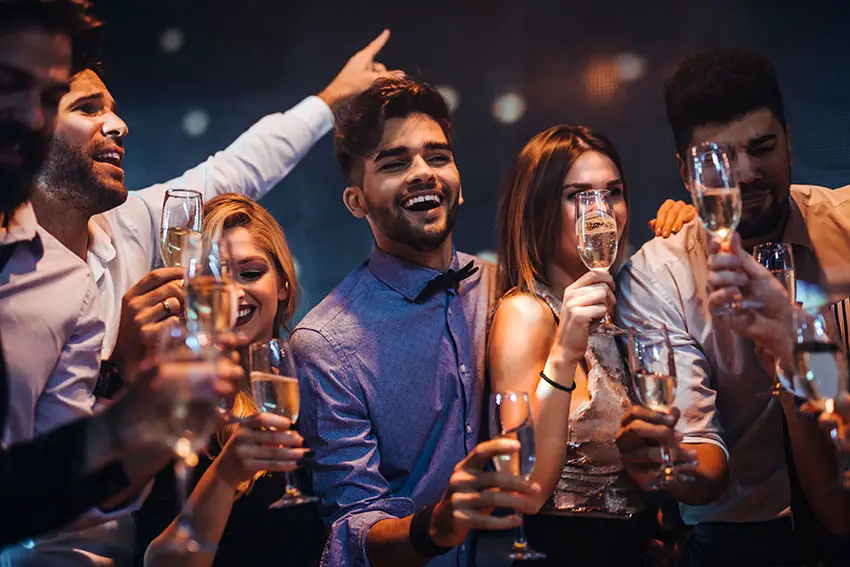
That is even more effective when a 50mm is paired with a crop sensor camera, because it puts even more distance to your subject, and with that, you can capture more pure emotions.
28mm vs 50mm for Street Photography
If we want to compare both lenses for street photography, first we need to understand that both focal lengths serve a different purpose.
In street photography, the focal length greatly affects the style of the photo and the subgenre it belongs to.
If you try to keep the subject the same size in the frame, then you will get different results with both lenses.
The 50 mm is quite a bit tighter, and it compresses the background more. Meaning things that are further apart will appear closer.
On the other hand, the 28mm will capture more of the environment.
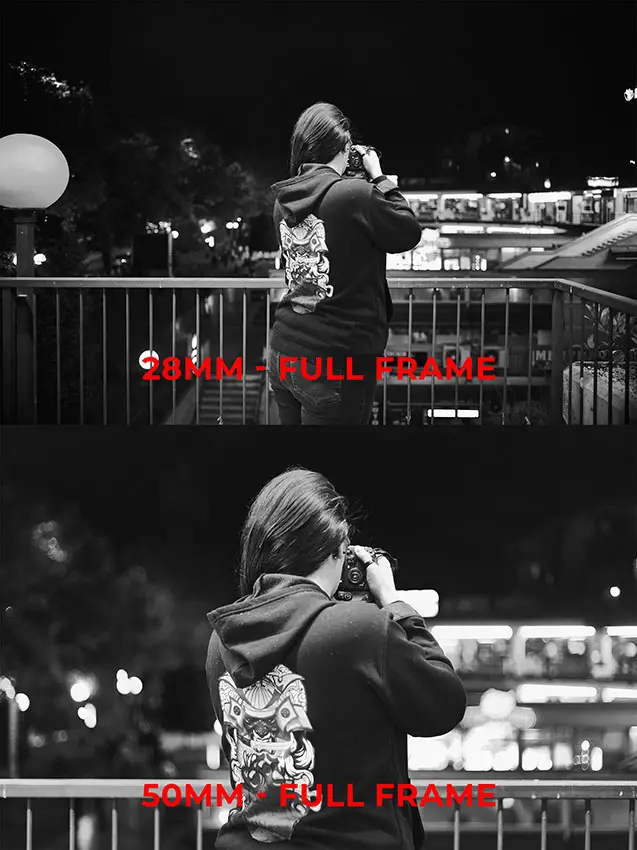
If you shoot from the same spot, then the 50mm will crop into the field of view of the 28mm lens. In essence, with the 50mm lens, you will get similar results as if you were using a 28mm lens on a crop camera.
The background isn’t compressed more, nor do you get a different perspective. All you get is a field of view change.
If you use both these focal lengths on a crop camera, you will be getting the same behavior, just the 28mm becomes 42mm, and the 50mm becomes 75mm.
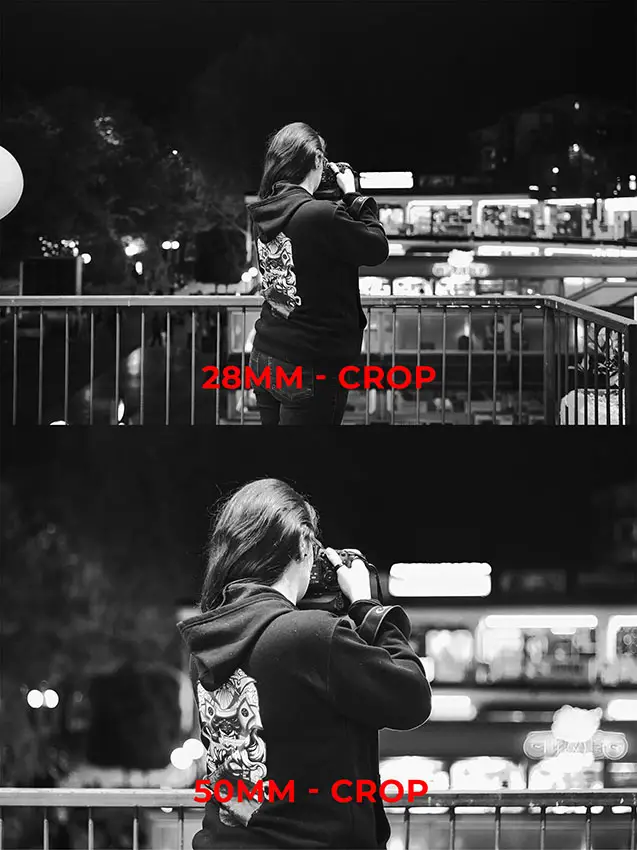
So whether you go for a 28mm or a 50mm, in this case depends on whether you prefer shots that are tighter or wider.
On a crop camera, the crop factor changes what you can do with lenses of these focal lengths.
The 50mm might be too tight for general street photography since it will put a lot of distance between you and your subject.
On the other hand, there are street photographers that prefer the distance so they can capture candid moments.
Bear in mind that if push comes to shove, you can always crop the 28mm shot to get the 50mm field of view. You will be losing a significant amount of resolution. Precisely, you will be cropping in by a factor of 1.78x.
In any case both of these focal lengths work great for street photography, so depending on your style, you can safely go for either one. All you need to do is decide what kind of street photographer you are.
50mm vs 28mm for Events
Quite akin to street photography, the pros and cons of using a 50mm vs 28mm lens for events are the same.
The 28mm focal length is wider, while the 50mm is more punched in. With a 28mm focal length, you can capture more of the scene without too much hassle, while with 50mm, you can separate the subject more.
If you try to keep the subject the same size in the frame, the 50mm will compress the background more, while the 24mm will capture more of the background.
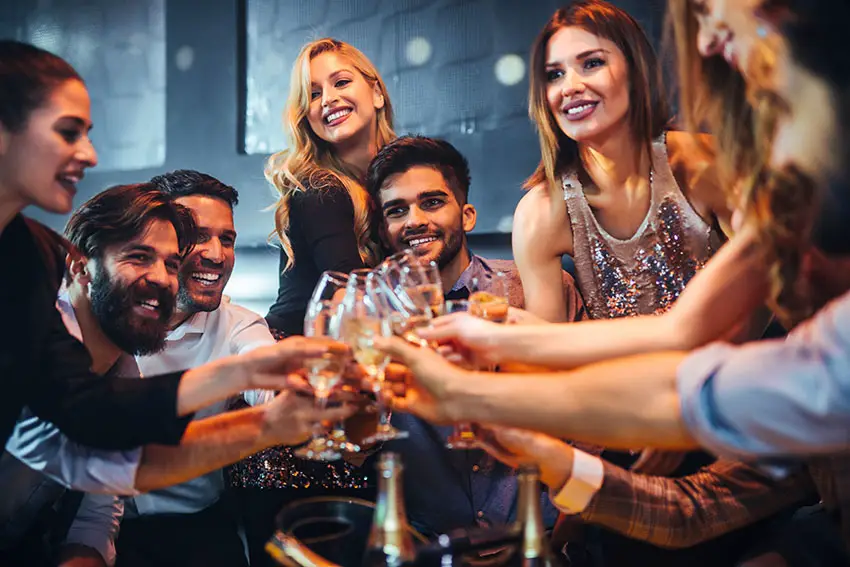
As a consequence of the background compression, you will be getting more background blur with the 50mm focal length.
If you have to pick just one lens for events, the 28mm would be more useful as you can easily capture groups, and for single subject separation, you can always get closer.
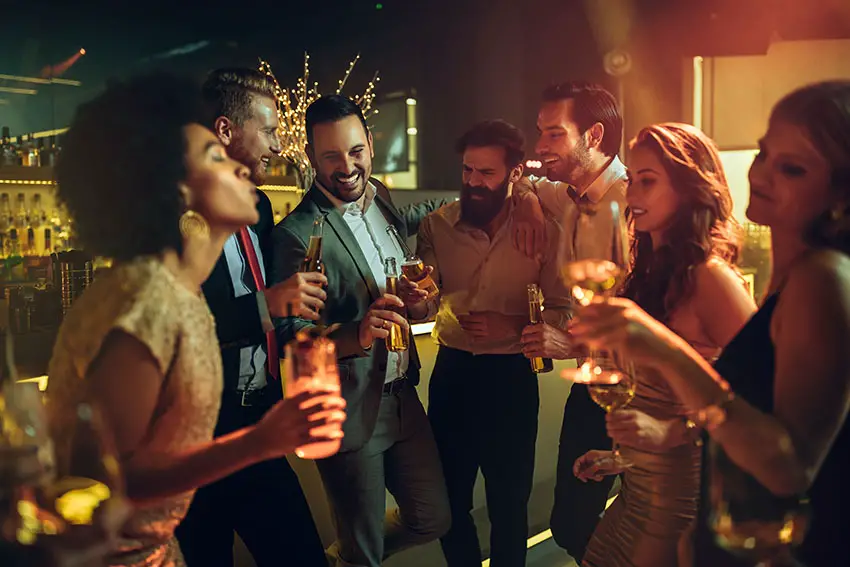
With a 50mm focal length, you won’t always have the luxury to go further back to fit a group in the frame. You will get more natural portraits if you go for a single subject and try to separate them from the background or crowd.
28mm vs 50mm Overall Comparison
In most cases, the choice between these focal lengths of lenses depends on your shooting style.

However, there are instances where one focal length is better than another.
There are limited choices when it comes to lens variety if you go the 28mm route. There are f/1.4 copies from Sigma or from most original manufacturers, but there aren’t many choices.
The 50mm being the most popular focal length means that there are a variety of lenses you can choose from, ranging from inexpensive f/1.8 variants to exotic f/1.2 variants.
There are some that have even wider apertures than that, going up to f/1.0, f/0.95 even. But these extremely wide apertured 50mm lenses either sacrifice sharpness or autofocus for that wide aperture or they are extremely expensive or rare.
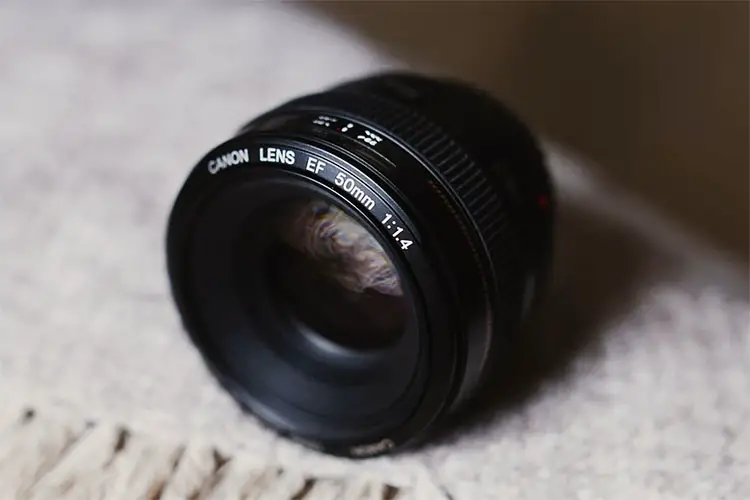
For street photography, it is a tie since both focal lengths work equally great depending on your shooting style.
For events the 28mm focal length is more versatile since it will allow you to get the job done with fewer sacrifices.
Read More:
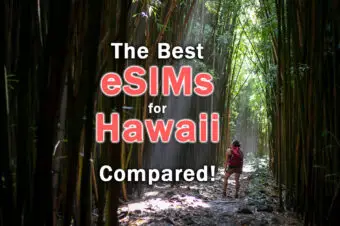
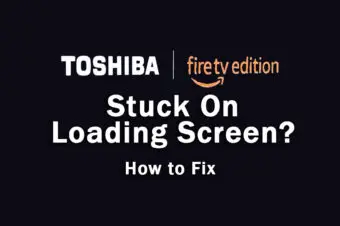
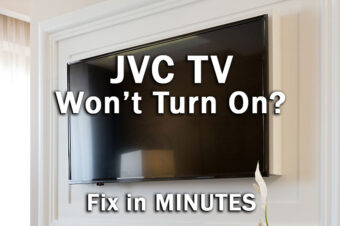
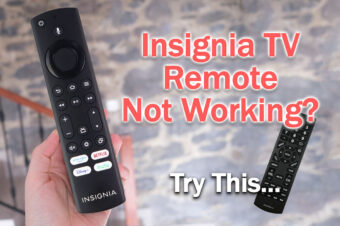
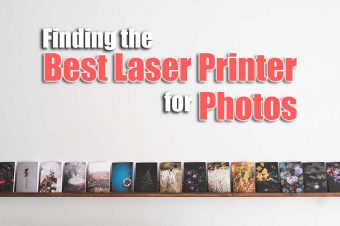
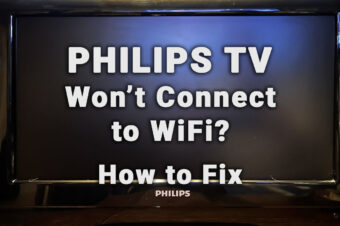
Leave a Reply